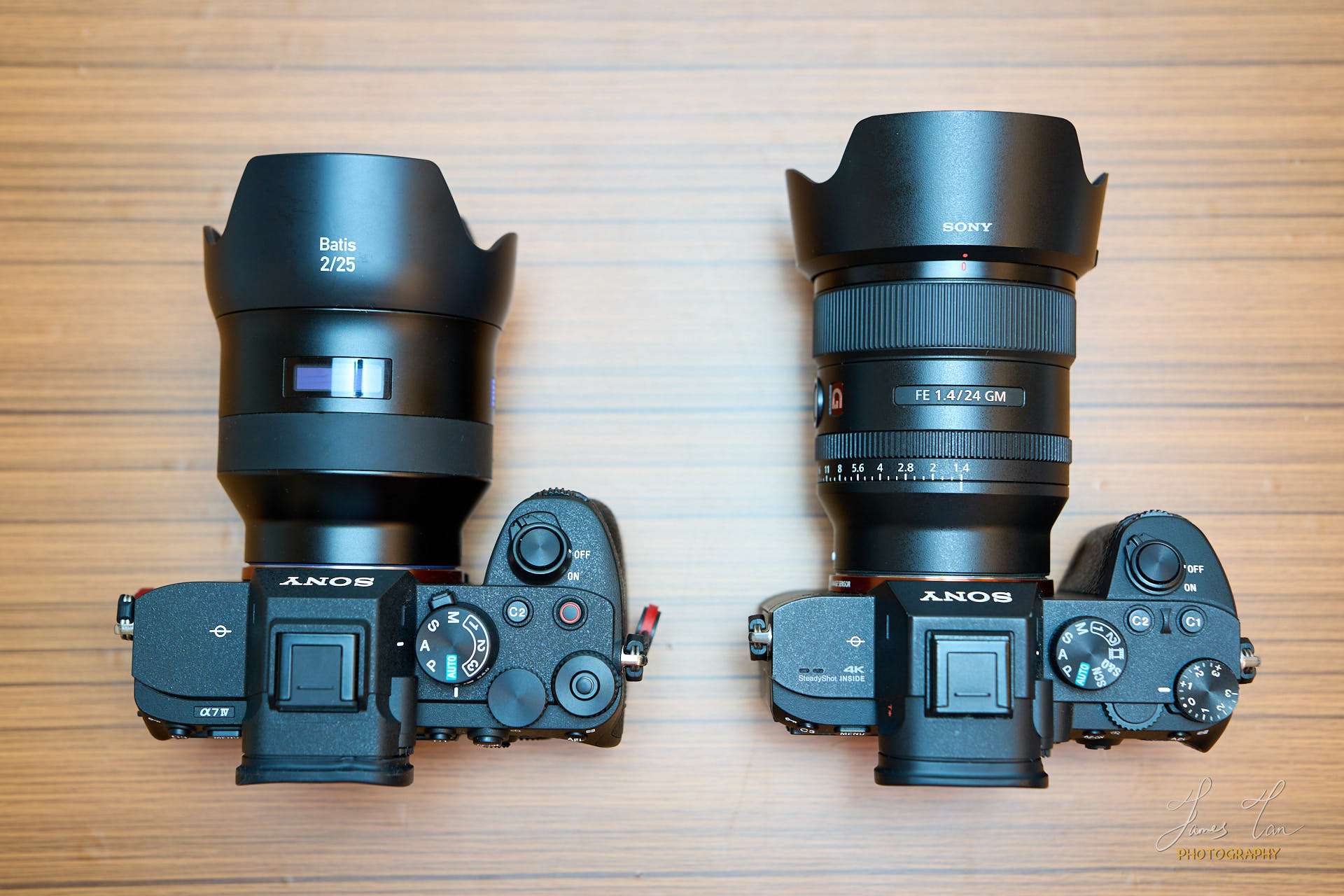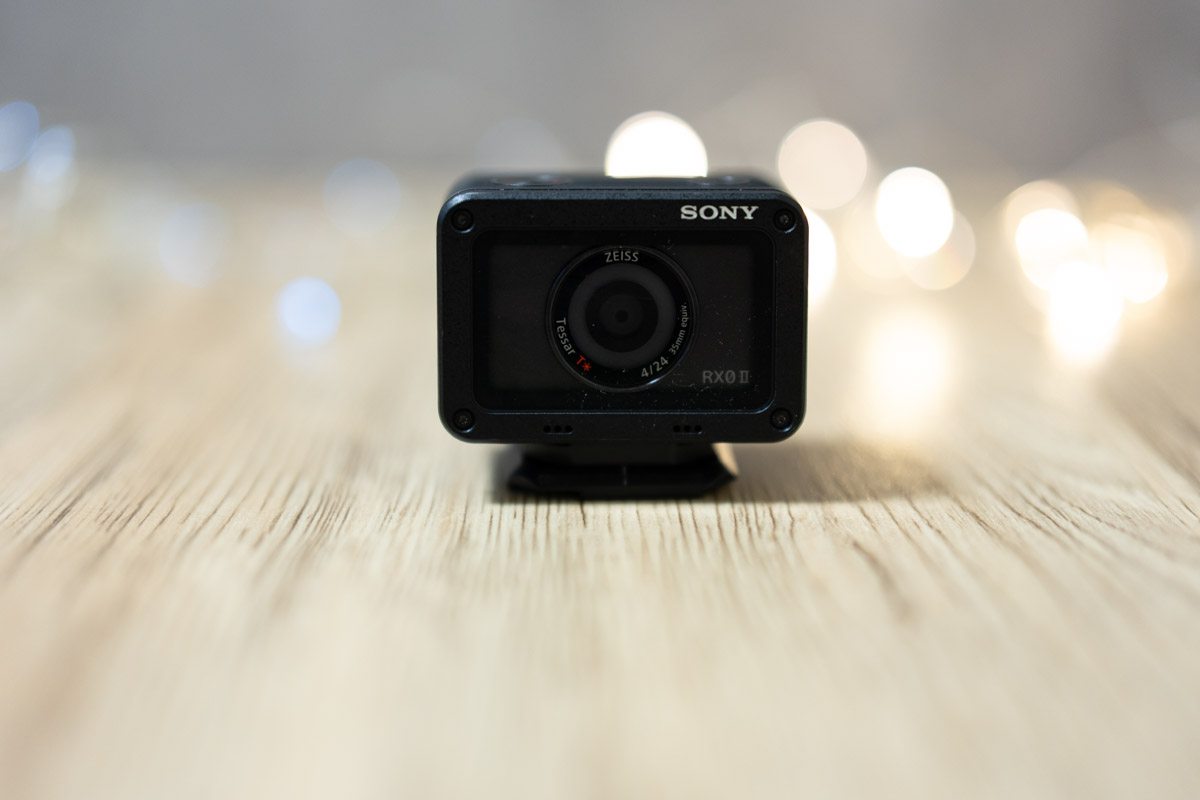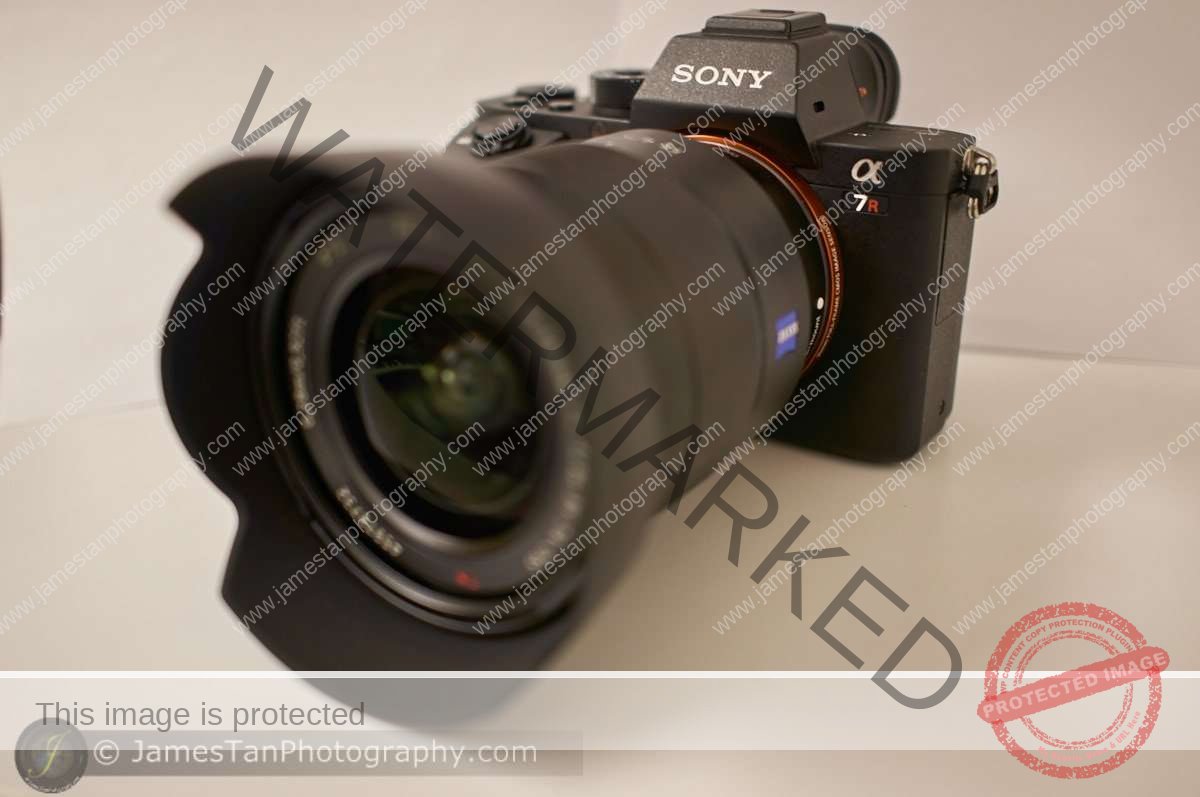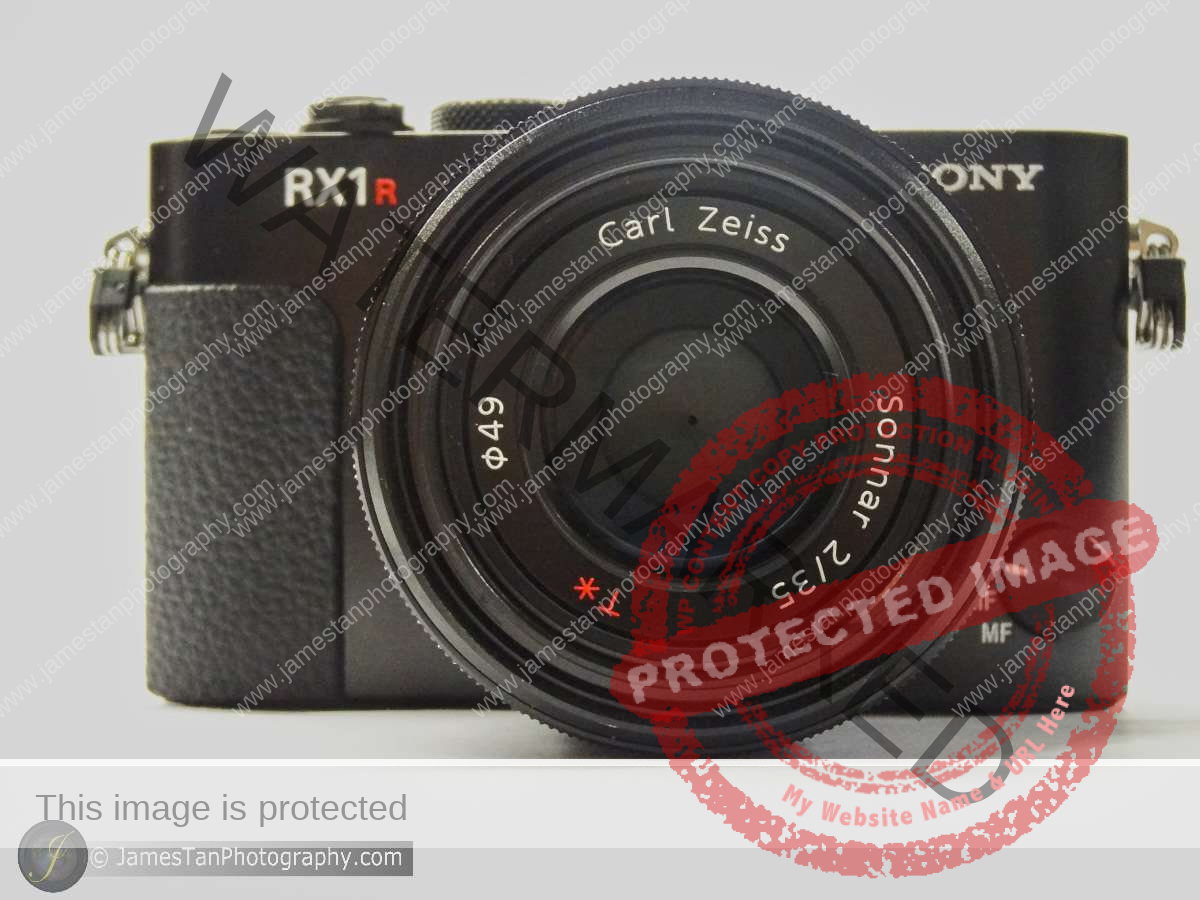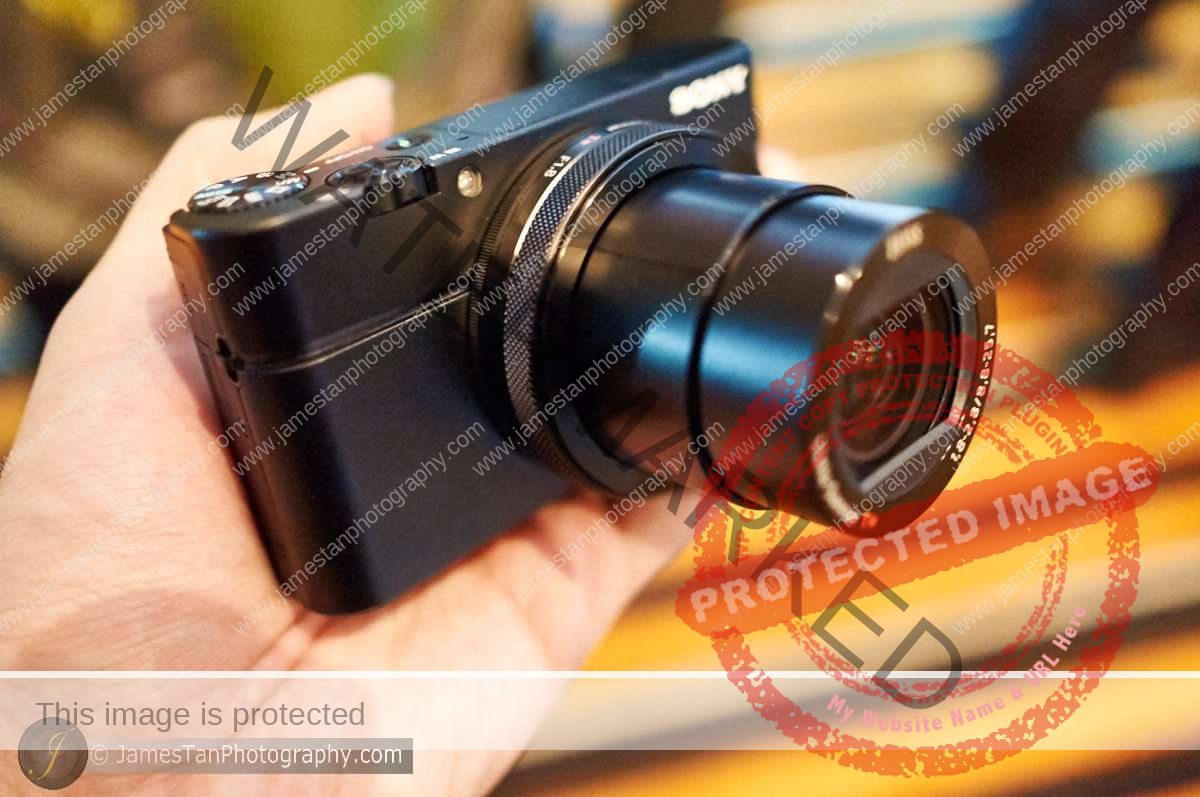full frame

What Should I Know Before Buying My First Camera in 2025?
Last Updated On
Investing in your first dedicated camera can significantly elevate your photography skills and output. This guide explores various camera types—smartphones, point-and-shoots, mirrorless, and DSLRs—alongside essential purchasing considerations. Establish your purpose, set a budget, and prioritize RAW compatibility without overthinking brand loyalty to ensure a fulfilling photographic journey.

Do I Really Need a Dedicated Camera to Start Learning Photography?
Last Updated On
Modern smartphones are sufficient for learning photography basics, offering high image quality and advanced features. Users can practice composition, lighting, and manual controls. Experimenting with a smartphone helps determine if one enjoys photography before investing in a dedicated camera, which should be considered only if smartphone limitations hinder creativity.

What Affects Depth of Field in Photography?
Last Updated On
Have you ever wondered why some photos have a dreamy blurry background while others are sharp from edge to edge? That blurry background — often called bokeh — is the result of depth of field (DoF).

5 Factors Affected By Image Sensor Size
Last Updated On
You might hear of APS-C, full-frame, 1-inch, micro 4/3, etc. What are they? Does it really result in different image quality? Let’s check it out!

Photography Gear For Your First Event/Wedding Shoot – Part I
Last Updated On
Are you curious about what photography gear to bring for your first paid event or wedding shoot? And the worst, you are the sole photographer for the whole photoshoot. You might hear that the essence of shooting solely is backup. You must ensure you can carry out the photoshoot even if any part of your…

Sony RX1R II
Last Updated On
A palm-size compact full-frame camera with 42MP high resolution and 35mm F2 fixed prime lens! Let’s check it out now!

Sony A7S II
Last Updated On
The 2nd generation of Sony full-frame low light monster camera – A7S II! Let’s check out how it performs with the new 5-axis image stabilizer!

Sony A7R II
Last Updated On
Sony A7R II is the world’s first 35mm BSI full-frame sensor camera with 42.4 MP high resolution. It features a new 5-axis in-camera image stabilizer as its Sony 2nd generation brothers. Let’s check out its performance now!

Sony RX1R Compact Full Frame Camera
Last Updated On
Sony RX1R is a fantastic small full-frame camera with a Zeiss 35mm F2 prime lens. Could it replace your bulky DSLR as your everyday camera? Let’s check it out now!

New Release: Sony A7 Mk II
Last Updated On
Well, Sony is a creative company and always come out the innovative product. A few days ago, the newly announced product in Japan became a hot topic on the web again. What is it? It is the new Sony Mirrorless Full-frame camera – Sony A7 II! Why is it so hot debating this time? It…

10 Consideration Before Buy a Lens
Last Updated On
You might be overwhelmed by the sea of lenses when you have just started your photography journey. Let’s check out what you should consider before you buy a lens!


